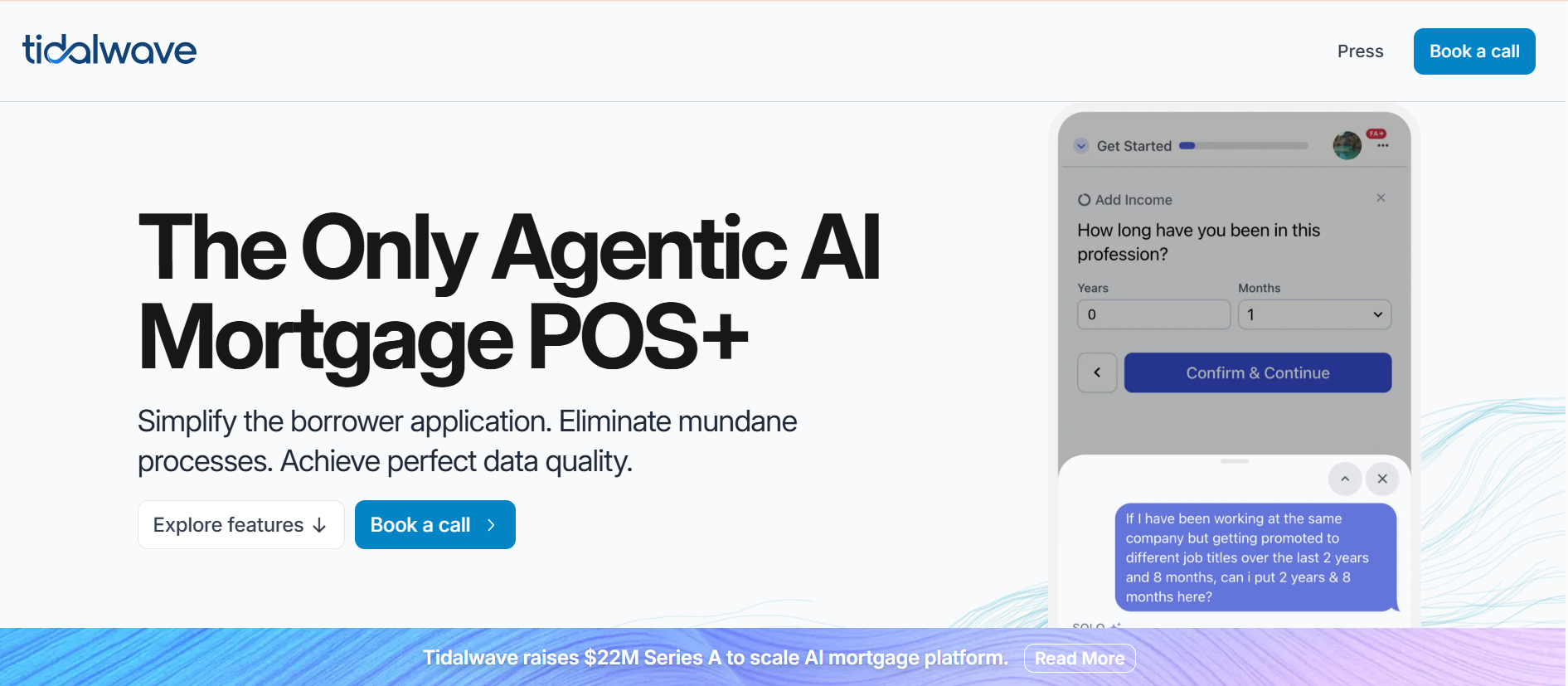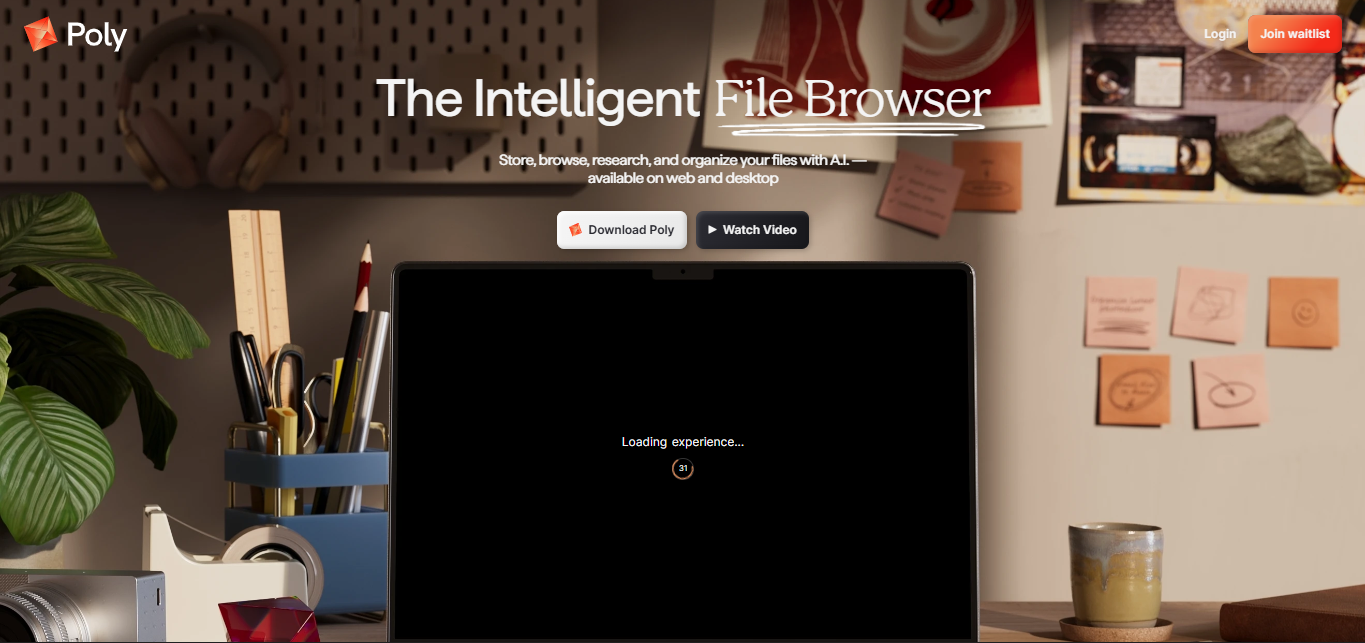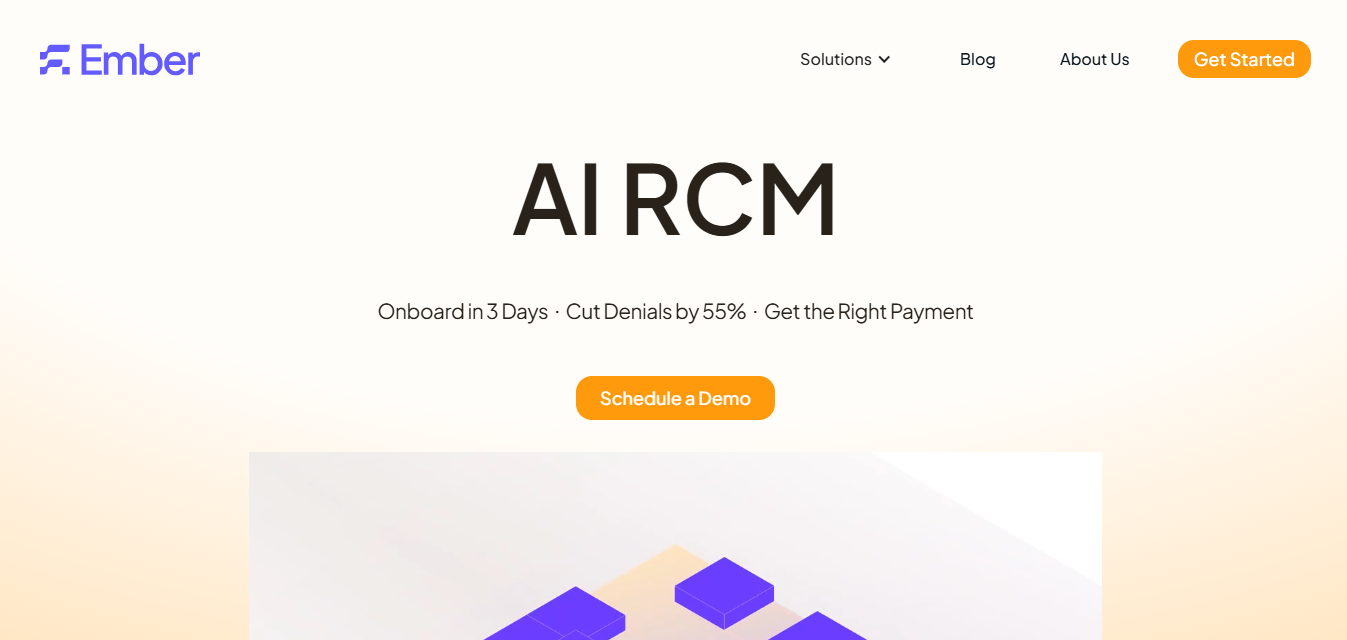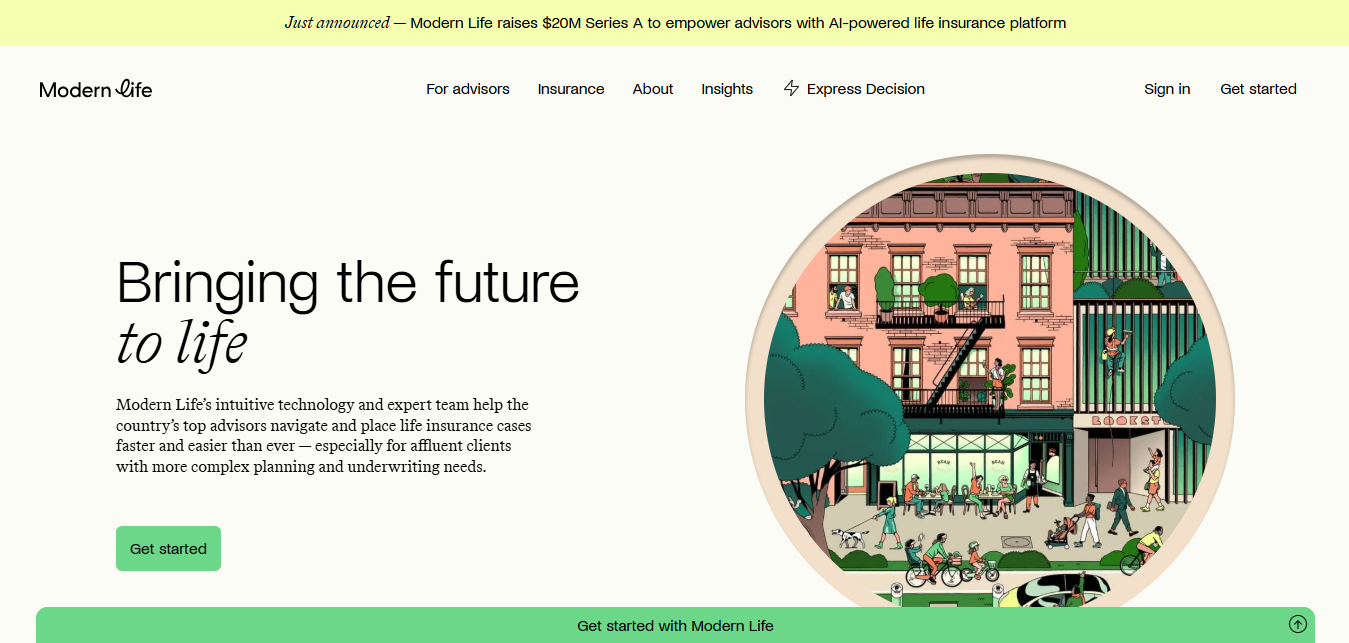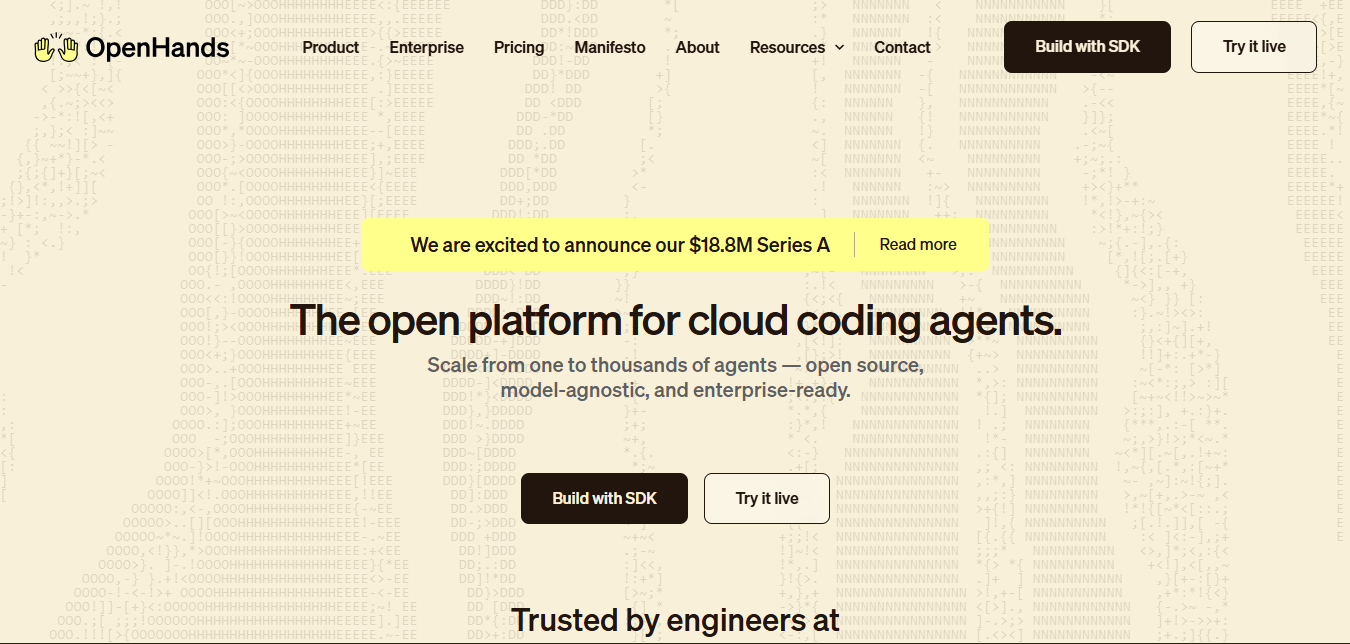Luna Diabetes Secures $23.6 Million Series A to Revolutionize Diabetes Management
August 31, 2025
byFenoms Startup Research
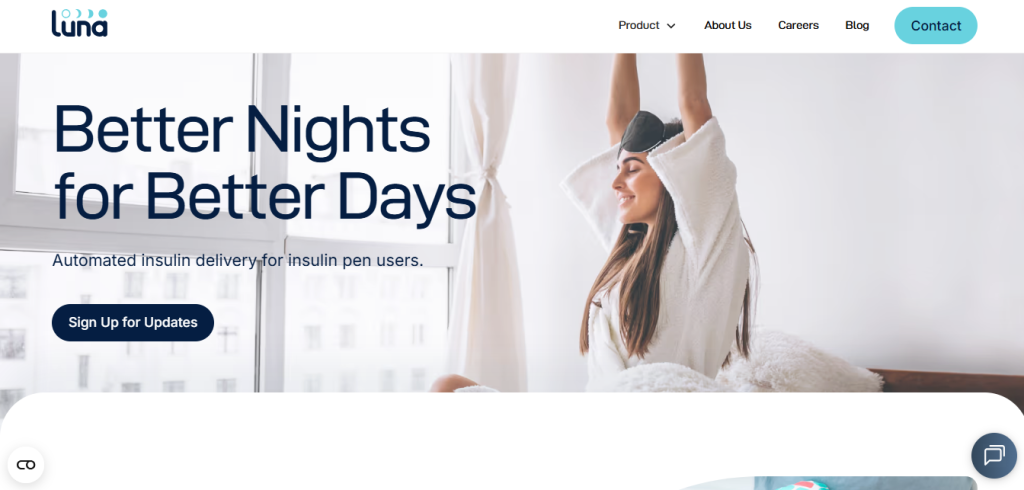
Luna Diabetes, a healthtech startup on a mission to transform diabetes care, has raised $23.6 million in Series A funding. The round was backed by leading investors including Vensana Capital, Swiss Diabetes Venture Fund, and Ascensia, underscoring the company’s potential to become a category leader in the next wave of digital diabetes solutions.
Led by John Sjolund, Luna Diabetes is focused on building next-generation devices and platforms that simplify diabetes management, improve patient outcomes, and reduce the burden of daily monitoring. This funding will accelerate its journey toward reshaping how millions of people around the world live with diabetes.
The Product: Redefining Diabetes Management
Managing diabetes is a complex, lifelong challenge that requires constant monitoring, treatment adherence, and lifestyle adjustments. Luna Diabetes is addressing this pain point through advanced glucose monitoring technologies, connected devices, and integrated platforms that put patients at the center of care.
Their solution is designed to:
- Simplify glucose tracking with continuous and non-invasive monitoring systems.
- Enable real-time insights that patients and clinicians can act on immediately.
- Personalize treatment using AI-driven recommendations and analytics.
- Integrate seamlessly with broader digital health ecosystems for holistic care.
By prioritizing usability and accessibility, Luna Diabetes is not just building another device—it’s creating an ecosystem that empowers patients and providers alike.
Why This Matters Now
Diabetes is one of the most pressing health challenges globally. According to the International Diabetes Federation (IDF), over 537 million adults worldwide live with diabetes, a number projected to rise to 643 million by 2030. The economic impact is staggering, with annual global diabetes-related health expenditures exceeding $966 billion in 2021.
At the same time, the diabetes management devices market is booming, projected to reach $38 billion by 2030 with a CAGR of 7%. Continuous glucose monitoring (CGM) systems are at the forefront of this growth, reflecting the demand for less invasive, more convenient tools.
Luna Diabetes enters this market at the perfect moment—bringing solutions designed not only for clinical accuracy but also for everyday usability, bridging a gap that traditional devices often fail to address. And here’s where the ultra value drop hits for founders: the biggest advantage doesn’t come from adding more features, but from removing friction. Luna isn’t winning by cramming in more sensors—it’s winning by making the experience effortless for patients who already carry the daily burden of chronic care. For any founder, in any sector, this is gold: if you can strip away the hidden effort your users silently tolerate, you don’t just create adoption—you create devotion. Customers don’t stick with products because they’re impressive; they stick because they make life feel lighter.
Industry Outlook: Diabetes Tech on the Rise
The diabetes care industry is experiencing rapid transformation, fueled by both technological innovation and patient demand.
- CGM Growth: The global continuous glucose monitoring market is expected to grow at a CAGR of 11.5% through 2030.
- Smart Insulin Delivery: Smart pens and pumps are gaining traction, creating ecosystems of connected devices.
- Digital Health Integration: By 2027, over 65% of diabetes devices will be linked to digital health platforms, providing holistic patient data.
- Preventative Care Push: With governments and insurers focused on lowering long-term costs, scalable digital solutions are increasingly attractive.
Luna Diabetes sits at the convergence of these forces—its innovation not only aligns with industry growth but also addresses the most urgent needs of patients and providers.
The Investor Edge
The strength of Luna Diabetes’ investor consortium adds credibility to its vision:
- Vensana Capital: A venture firm specializing in medical technology, bringing deep sector expertise.
- Swiss Diabetes Venture Fund: Focused specifically on transformative diabetes innovations, ensuring strategic alignment.
- Ascensia: A major player in diabetes management, providing not only capital but also industry reach and distribution pathways.
This mix of financial strength and sector expertise gives Luna Diabetes a strong foundation to scale rapidly while staying focused on patient impact.
What’s Next for Luna Diabetes
With $23.6 million in new funding, Luna Diabetes plans to:
- Accelerate R&D on next-generation glucose monitoring technologies.
- Expand clinical trials to validate its products in diverse patient populations.
- Scale its team with talent in engineering, data science, and healthcare operations.
- Build partnerships with healthcare providers, insurers, and digital health ecosystems.
Over the next 12–18 months, Luna will focus on proving both clinical efficacy and patient usability, aiming to set a new benchmark in diabetes care.
Final Thoughts
Luna Diabetes’ $23.6 million Series A raise is more than just a funding milestone—it’s a step toward redefining how millions live with diabetes. By marrying advanced technology with patient-centered design, the company is positioning itself as a leader in the global diabetes revolution.
For the startup ecosystem, the key takeaway is simple but profound: technology that understands people always wins. Luna Diabetes isn’t just engineering devices; it’s building trust, empathy, and empowerment into the very fabric of diabetes care.

